

|
|
|


|
|
1/18 Scale Electric Truck/Truggy:
ECX Torment 4WD - ECX01001 / ECX01001T1 (Radio Controlled Model Review)History and Info:
Introduced by ECX Electrix circa 2013, the Torment Short Course Truck, with a Pre-Painted Orange and Black Bodyshell, was originally designated ECX01001, then circa 2015 it was re-released in some areas of the world as the ECX01001T1, ECX01001AUT1 and ECX01001IT1. The model came RTR with a Dynamite 380 Motor, Waterproof ESC / Receiver, 6-Cell Ni-Mh Battery, Wall Charger and 2.4Ghz Radio System (Specifications may vary from country to country).
▼ Scroll Down for More Images ▼
|








|
|
|

★ ECX Torment 4WD - ECX01001 Chassis ★
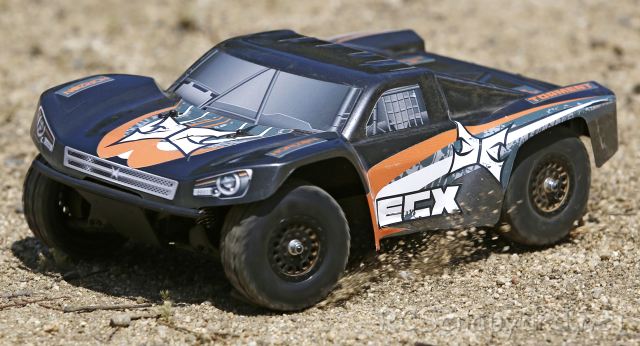
★ ECX Torment 4WD - ECX01001 Chassis ★
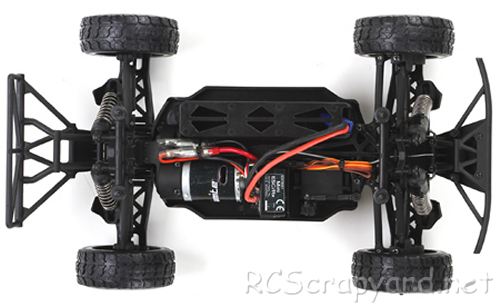
★ ECX Torment 4WD - ECX01001 Chassis ★
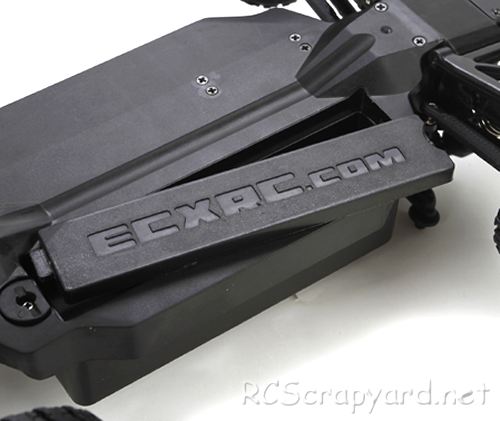
★ ECX Torment 4WD - ECX01001 Chassis ★
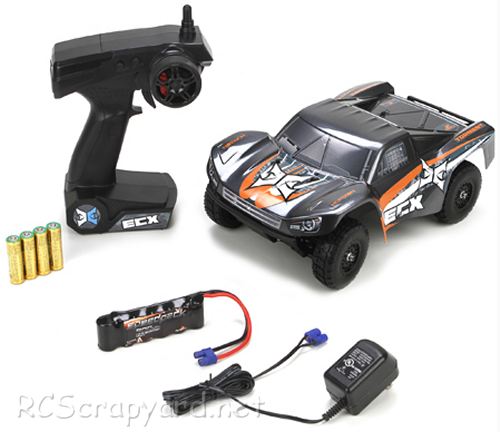
★ ECX Torment 4WD - ECX01001 Chassis ★
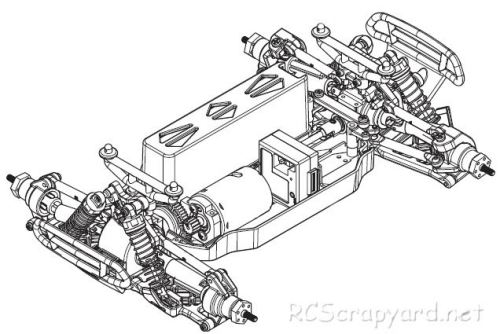
|
Buying a Used ECX Torment
|
|
Manufacturers and Brands Catalogued and Listed by RC-Scrapyard.
At present, the RC Model Manufacturers, Brands and Distributors covered by us are: ABC Hobby, Academy, Acme Racing, Agama Racing, Amewi, Ansmann Racing, ARRMA, Team Associated, Atomic RC, Axial, AYK, Bolink, BSD Racing, Capricorn, Carisma, Carson, Caster Racing, Cen, Corally, Custom Works, Durango, Duratrax, ECX - Electrix, Exceed RC, FG Modellsport, FS-Racing, FTX, Fujimi, Gmade, GS-Racing, Harm, HBX, Helion, Heng Long, Himoto Racing, Hirobo, Hitari, Hobao, Hong-Nor, Hot Bodies, HPI, HSP, Intech, Integy, Jamara, JQ Products, Kawada, Kyosho, Losi, LRP, Maisto, Mardave, Marui, Maverick, MCD Racing, Megatech, Mugen, New Bright, Nichimo, Nikko, Nkok, Ofna, Pro-Pulse, Protech, PTI, RC4WD, Redcat Racing, RJ-Speed, Robitronic, Schumacher, Seben, Serpent, Smartech, Sportwerks, Step-Up, Tamiya, Team-C Racing, Team Magic, Thunder Tiger, Tomy, Top Racing, Traxxas, Trinity, Tyco, Vaterra RC, Venom, VRX Racing, WLToys, X-Factory, Xmods, Xpress, Xray, XTM, Yankee RC, Yokomo, ZD Racing and Zipzaps. |
|
Hints, Tips and Information
Gearing to Win
Just because you have the latest model, the best available batteries, the most powerful electric motor or nitro engine, doesn't mean you will go out and win everything in sight. The fastest car on the track is rarely the one that wins, it's the one that can accelerate out of corners under control, and remains consistent and efficient from the start to the end of a race.
|
|
Hints, Tips and Information
The Importance of Balancing your Model Car Wheels
The day I passed my driving test at the young age of 17, the first thing I did was to drive over to my girlfriends house and take her out to a long straight stretch of road close by, where the boy racers would often congregate. No one was around that day, so the road was relatively quiet. I slowly went through the gears and we were soon up to 65 with no problems, but as we got closer to 70, my hands began to sense a small vibration on the steering wheel. By the time we hit 75, the steering wheel and the whole car was vibrating wildly. My girlfriend was hysterical, screaming for me to "slow down!" I did of course and tried to calm her down. How I Balanced my Model Car Wheels
Wheel balancing equipment for RC cars is now available on line and from most RC model shops, but back then I had to make my own using the rear end of an old Tamiya F1 car. |
|
RC Models:
|
Radio & Motors: |
Other
Accessories: |